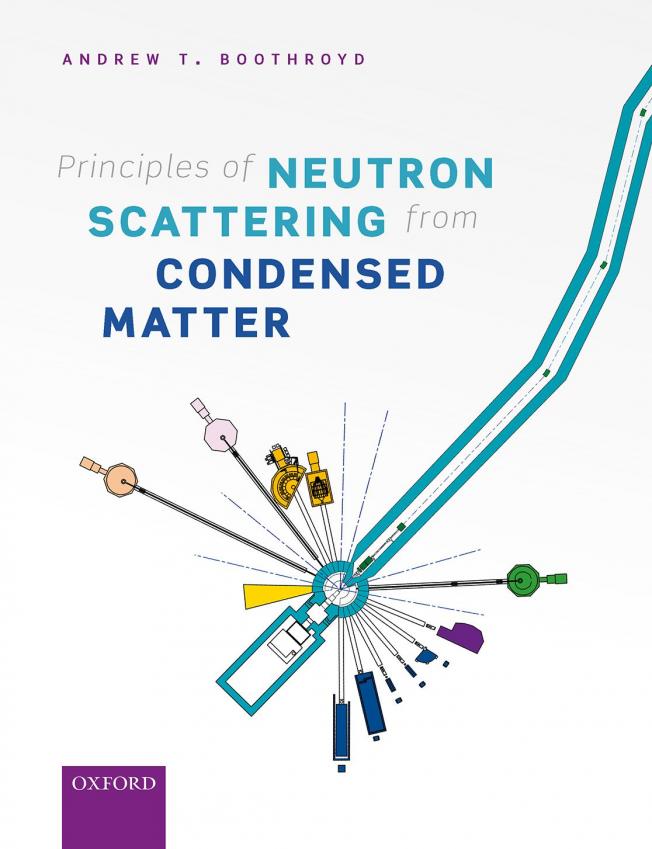Ultrafast Resonant Soft X-ray Scattering in Manganites: Direct Measurement of Time-dependent Orbital Order
Optica Publishing Group (2010) me48
ChemInform Abstract: Magnetic Coulomb Phase in the Spin Ice Ho2Ti2O7.
ChemInform Wiley 40:51 (2009) no-no
Nature of the magnetic order and origin of induced ferroelectricity in TbMnO3.
Phys Rev Lett 103:20 (2009) 207602
Abstract:
The magnetic structures which endow TbMnO(3) with its multiferroic properties have been reassessed on the basis of a comprehensive soft x-ray resonant scattering (XRS) study. The selectivity of XRS facilitated separation of the various contributions (Mn L(2) edge, Mn 3d moments; Tb M(4) edge, Tb 4f moments), while its variation with azimuth provided information on the moment direction of distinct Fourier components. When the data are combined with a detailed group theory analysis, a new picture emerges of the ferroelectric transition at 28 K. Instead of being driven by the transition from a collinear to a noncollinear magnetic structure, as has previously been supposed, it is shown to occur between two noncollinear structures.Nature of the magnetic order and origin of induced ferroelectricity in TbMnO3
Physical Review Letters 103:20 (2009)
Abstract:
The magnetic structures which endow TbMnO3 with its multiferroic properties have been reassessed on the basis of a comprehensive soft x-ray resonant scattering (XRS) study. The selectivity of XRS facilitated separation of the various contributions (Mn L2 edge, Mn 3d moments; Tb M4 edge, Tb 4f moments), while its variation with azimuth provided information on the moment direction of distinct Fourier components. When the data are combined with a detailed group theory analysis, a new picture emerges of the ferroelectric transition at 28 K. Instead of being driven by the transition from a collinear to a noncollinear magnetic structure, as has previously been supposed, it is shown to occur between two noncollinear structures. © 2009 The American Physical Society.High-resolution hard x-ray photoemission investigation of La 2-2x Sr 1+2x Mn 2 O 7 (0.30≤x<0.50): Microscopic phase separation and surface electronic structure of a bilayer colossal magnetoresistance manganite
Physical Review B - Condensed Matter and Materials Physics 80:20 (2009)


